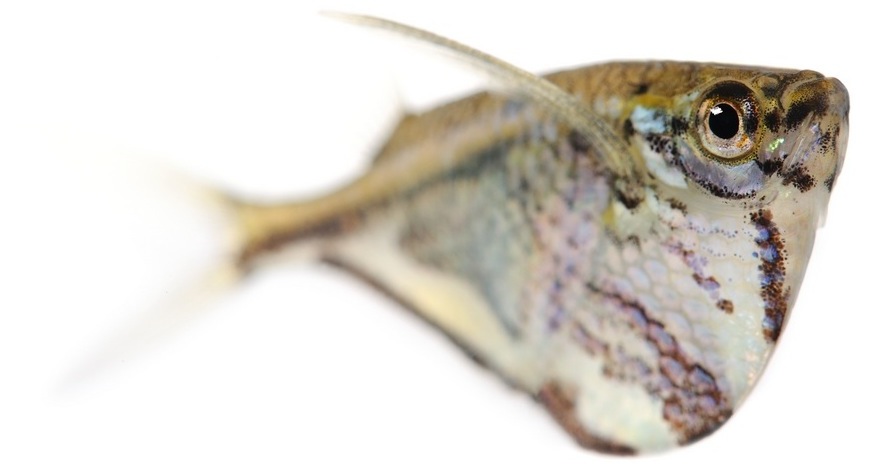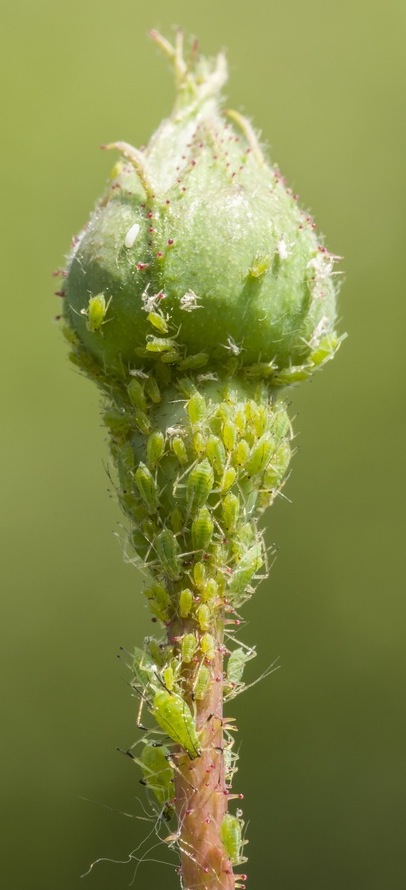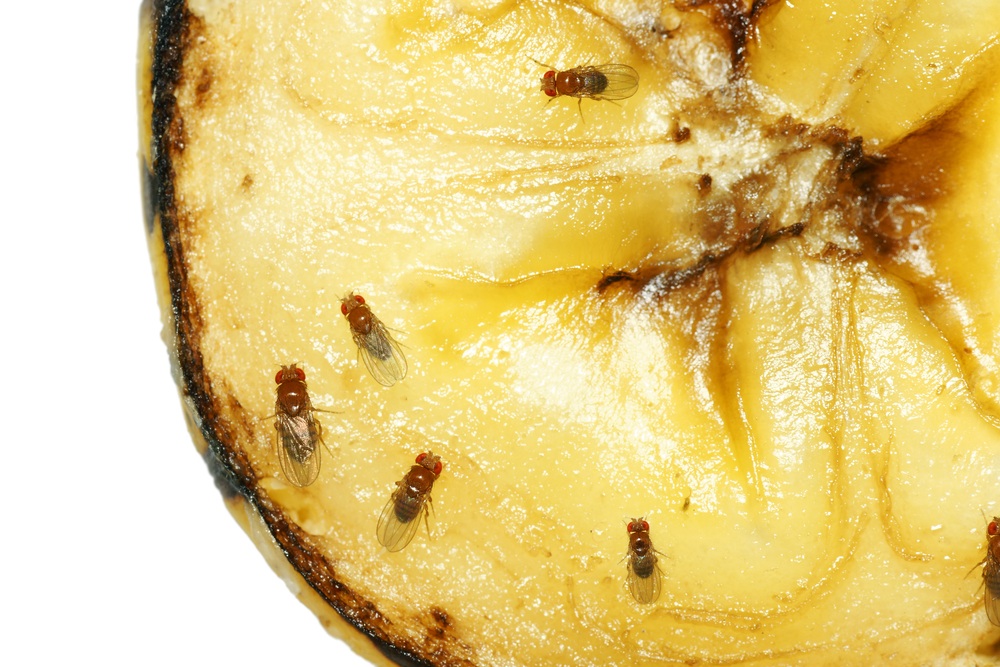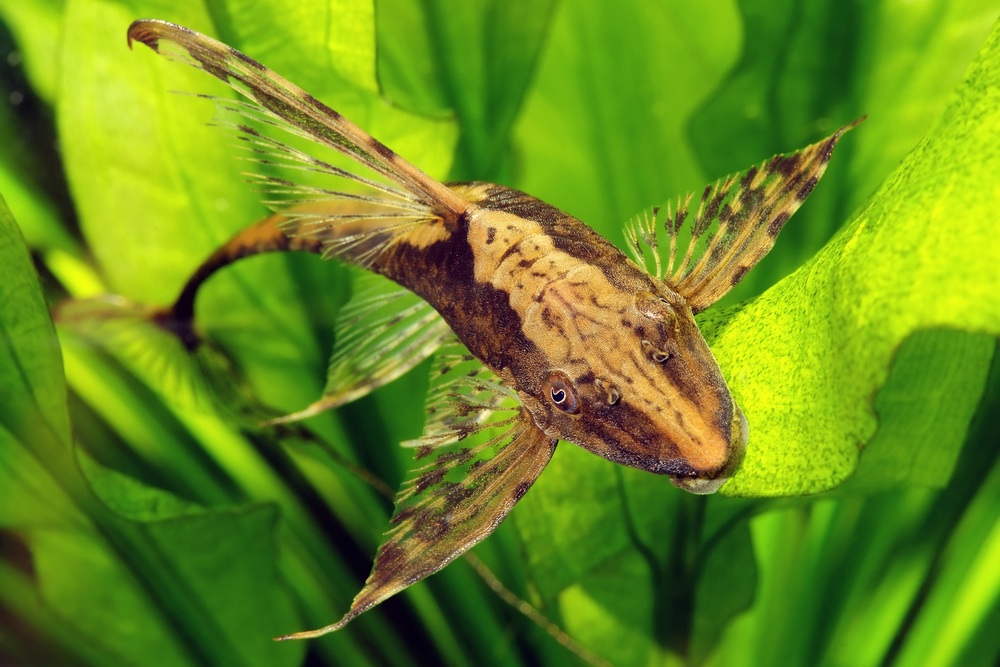Safe live foods for fish

In the wild, many freshwater fish prey on invertebrates. Compared with other types of food that most fish eat naturally, live foods contain a higher level of protein. This in turn means that live food can serve as a natural conditioner for breeding purposes, thanks to its protein content.
Although you can obtain freeze-dried live foods, many fish instinctively prefer fresh or defrosted foods of this type. The problem is that those of aquatic origins are potentially dangerous. They may have originated from water that is polluted, or contains harmful bacteria and fungal spores that could threaten your fish's health when introduced to the aquarium alongside the live food.

One answer can be to offer live foods that are not aquatic, but will still be eaten readily by the fish. In the warmer months of the year, you may find large congregations of greenfly or blackfly on garden plants such as roses (right) and broad beans. These aphids will be greedily eaten by many smaller fish, especially species such as hatchetfish (top) that normally lurk close to the water surface, seeking to snap up unwary insects.
You simply need a clean small paintbrush, and a container into which you can gently brush a supply of aphids. It will then be a matter of transferring them into the water in a similar way for the fish. Only collect aphids in areas where you are certain that no chemicals treatments are used though.
More possibilities

Other forms of terrestrial live food that will be eaten readily by many fish include fruit flies (Drosophila). These can be purchased in starter cultures from live food suppliers advertising on eBay and elsewhere.
Tip them into a narrow but tall plastic container, with a banana skin or special fruit fly paste as food, keep warm, and before long, you are likely to be inundated with them! Be sure to purchase a wingless strain, so that when you open the container's lid, they will not fly off around the room.
Larger fish will appreciate curly-winged house flies. This is another mutation affecting the wings that means these flies too cannot escape. You simply need to tip them in small numbers into the aquarium, where the fish will seize them at the water's surface.

Live foods provide an excellent way to tame fish, as well as being a valuable supplement to their diet. Even those living in the lower reaches of the tank can be catered for, with earthworms, specially bred in different sizes by livefood suppliers, being very appealing to many catfish. These are much safer to use than those dug up in a garden.
In all cases though, live food should only be offered as part of the diet of your fish. Do not neglect their regular food, which helps to ensure they receive a balanced diet.
The use of livefood serves to replicate what often happens in the wild, however, where a fish's diet will vary through the year, with the ready availability of invertebrates being a factor that can help to trigger spawning activity in many species.